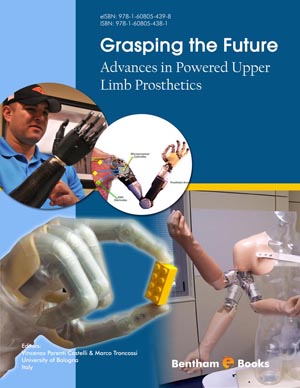Abstract
Assessment tools are vital in measuring the outcomes of any practice or procedure. In the development and use of a prosthetic limb, this can be divided into three areas; the basic functions of the design, activities the limb is used for, and the amount the user actually employs the hand in everyday life. Each area is distinct and different and it needs different tools designed specifically for each area in order to reliably measure these outcomes. The development of these tools must include means to make sure the tool measures what the tester thinks it measures and makes sure that such measurements are consistent across time and between testers. Once a consistent set of tools is developed it allows clinicians to discuss and compare devices, training methods and solutions. It also allows investigation of different designs.
Currently, the emphasis is on the basic practical measurements of function, activity and participation. This uses simple methods based on observation, timing or questionnaires to measure the use of simple prostheses. With newer designs of multifunction hands and microprocessor controllers being introduced, there are more varied control methods for the different hands. This requires more sophisticated methods to measure the impact of the new designs. These new methods include the measurement of the motions of the body and upper limbs with optical methods, and looking at measuring the cognitive load that controlling such hands impose on the user. To allow simple comparisons between users, the tasks and methods have to be constrained. This creates more artificial activities which may themselves be too artificial to tell the observer what they need to know, so the choice of activity is a balance between realistic tasks and reliable results.
Keywords: Upper Limb Prosthetics, Assessment, Outcome Measures, Occupational Therapy, Prosthetic Hands.






















